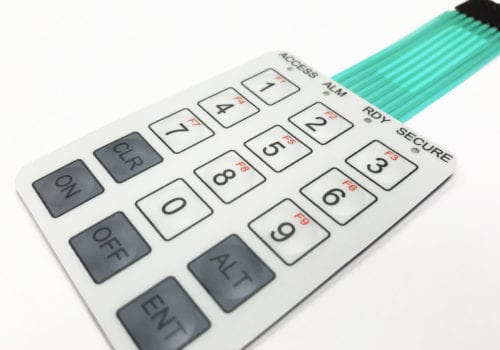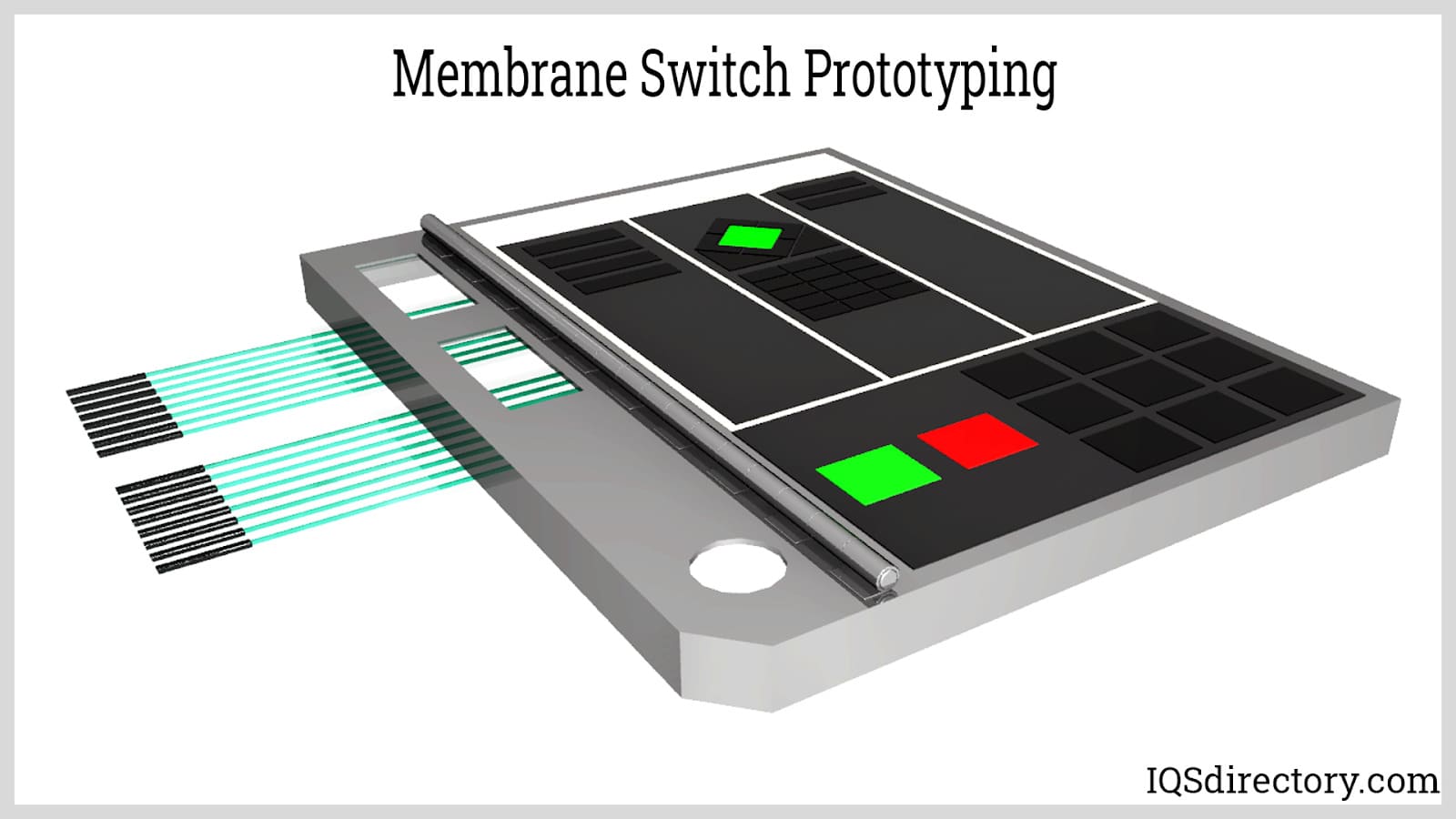The Complete Guide to Membrane Switch Technology and Its Applications
The Complete Guide to Membrane Switch Technology and Its Applications
Blog Article
Exactly How Membrane Layer Switches Contribute to the Resilience of Electronic Control Panels
Membrane layer switches play a critical function in enhancing the resilience of electronic control panels, largely via their multi-layered building which offers efficient protection versus ecological variables such as moisture and dirt. The absence of relocating parts significantly minimizes the probability of mechanical failures, making membrane layer changes perfect for requiring applications.
Meaning of Membrane Layer Switches

Membrane layer switches are made to be thin and light-weight, making them appropriate for applications where area is restricted. They can be made in various forms, sizes, and colors, providing versatility in layout that satisfies aesthetic and useful demands. In addition, membrane switches can incorporate different modern technologies, such as tactile comments and LED indicators, boosting individual experience.
Because of their building, membrane layer switches are typically immune to dust, moisture, and general wear, adding to their toughness sought after atmospheres. Their seamless design not just helps with simple cleansing yet likewise decreases the danger of mechanical failure, making them a recommended selection for producers looking for trusted user interfaces in their electronic control board.
Security Versus Environmental Aspects
The design of membrane changes inherently provides a level of protection against different ecological factors, which is important for maintaining functionality in challenging problems - Membrane Switch. These switches are generally created with layers of flexible materials that shield inner parts from wetness, dirt, and contaminants. By encapsulating the circuitry, membrane layer changes lessen the danger of brief circuits and rust, which can dramatically harm performance
In addition, using robust adhesives and sealants during production enhances their resistance to environmental challenges. Membrane buttons can sustain direct exposure to chemicals and solvents, making them suitable for markets such as food processing and medical care, where health and sanitation are extremely important. Their seamless surface area design also avoids the accumulation of dust and germs, assisting in less complicated cleansing and upkeep.
Temperature variations are another environmental concern, and membrane switches are engineered to function efficiently across a wide array of temperature levels (Membrane Switch). This flexibility makes sure that control panels remain functional in different setups, from commercial atmospheres to customer electronics
Influence On Individual Communication
Customer Read Full Report communication with digital control panels is considerably influenced by the layout and capability of membrane buttons. These switches offer a responsive user interface that improves the total individual experience, permitting intuitive navigation and control. Their receptive nature makes sure that users get prompt responses upon activation, which is vital for tasks needing accuracy and effectiveness.
Moreover, the smooth surface of membrane layer changes helps with easy cleansing and maintenance, advertising user self-confidence in the dependability of the interface. This sanitation is particularly crucial in environments where hygiene is paramount, such as clinical or food handling settings. In addition, the compact and lightweight style of membrane switches over adds to the visual charm of control board, motivating customer interaction through a modern-day and sleek look.
In addition, the integration of visual elements, such as published symbols and backlighting, assists users swiftly identify functions, lowering the discovering curve associated with brand-new equipment. Because of this, individuals can operate devices better, leading to enhanced productivity and satisfaction. In recap, membrane switches play an essential duty in enhancing individual communication by combining capability, visual appeals, and simplicity of use, eventually causing improved operational performance.
Style Flexibility and Personalization
Layout adaptability and personalization are essential aspects of membrane switches, allowing makers to tailor electronic control panels to particular applications and user demands. This versatility enables the integration of different style aspects, such as colors, graphics, and appearances, which can improve the visual charm and user interaction of the control panel.
Membrane layer switches can be customized in shapes and size, suiting a wide variety of gadgets and applications, from industrial equipment to consumer electronics. This adaptability makes sure that producers can produce instinctive interfaces that straighten with individual assumptions and functional needs. In addition, the capacity to integrate unique features such as backlighting or responsive comments further boosts functionality, allowing for a more interactive experience.
Furthermore, the production procedure for membrane switches over supports the quick prototyping of layouts, making it possible for makers to repeat and refine their concepts swiftly. This capability not only accelerates the advancement timeline yet also makes sure that the final item meets details useful and visual requirements.

Cost-Effectiveness and Longevity
Cost-effectiveness and durability are substantial benefits of membrane switches, making them an eye-catching option for suppliers and end-users alike. These switches are normally less costly to create than conventional mechanical switches, largely as a result of their streamlined production procedures click for more and the reduced variety of parts called for. This expense advantage extends not only to first production however additionally to lasting operational expenses, as membrane layer buttons typically call for much less upkeep and have a lower failing rate.
Additionally, the longevity of membrane changes adds to their total worth. Created from durable materials, they are immune to environmental variables such as wetness, dust, and chemicals, which can bring about early wear in other switch types. The absence of relocating components lessens mechanical failure, allowing membrane switches over to keep performance over extended durations.
This sturdiness is specifically helpful in applications calling for consistent performance under requiring conditions, such as clinical gadgets and commercial equipment. Inevitably, the combination of cost-effectiveness and longevity makes membrane layer switches an economically sensible selection for makers, giving trustworthy options that endure the examination of time while enhancing financial considerations.
Final Thought
In verdict, membrane buttons considerably boost the longevity of electronic control panels through their durable construction and protective attributes this content - Membrane Switch. Generally, membrane layer switches over represent a trusted and affordable option for boosting the durability and functionality of electronic control systems.
Report this page